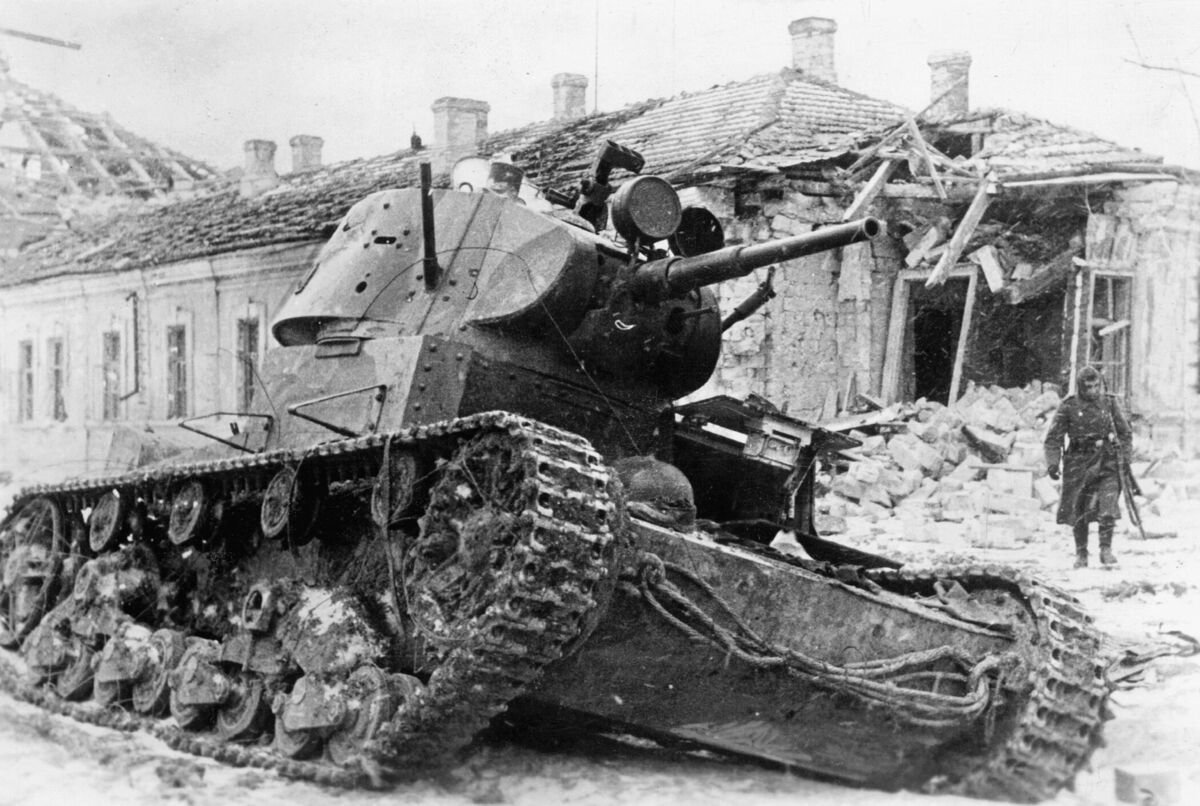
The Siege of Leningrad was one of the most brutal and devastating events of World War II. Lasting from September 8, 1941, to January 27, 1944, this 872-day blockade by Nazi Germany and its allies aimed to crush the Soviet city of Leningrad (now St. Petersburg). Over a million civilians perished due to starvation, bombings, and harsh winter conditions. Despite the unimaginable hardships, the city's residents displayed incredible resilience and determination. They kept factories running, schools open, and even held cultural events to maintain morale. This siege stands as a testament to human endurance and the will to survive against overwhelming odds.
Key Takeaways:
- The Siege of Leningrad lasted for 872 days, during which the city faced extreme hunger, cold, and constant bombardment, but its residents showed incredible resilience and determination to survive.
- The siege's end marked a turning point in World War II and left a lasting legacy, demonstrating the Soviet Union's ability to withstand hardship and highlighting the importance of civilian resilience in wartime.
The Siege Begins
The Siege of Leningrad was one of the longest and most destructive sieges in history. It lasted for 872 days, from September 8, 1941, to January 27, 1944. Here are some gripping facts about this historic event.
- The siege began when German and Finnish forces encircled Leningrad, cutting off all supply routes to the city.
- Leningrad, now known as St. Petersburg, was a major industrial and cultural center in the Soviet Union.
- The city had a population of about 2.5 million people at the start of the siege.
- Hitler aimed to starve the city into submission rather than storm it, believing this would save German lives.
Survival and Starvation
Surviving the siege required immense resilience and ingenuity. The citizens faced extreme hunger, cold, and constant bombardment.
- Food rations were reduced to as little as 125 grams of bread per person per day.
- People resorted to eating anything they could find, including pets, wallpaper paste, and even leather belts.
- The harsh winter of 1941-1942 saw temperatures drop to -40 degrees Celsius, worsening the already dire conditions.
- Despite the extreme conditions, the city's residents continued to work in factories, producing weapons and supplies for the Soviet war effort.
The Road of Life
The Road of Life was a critical supply route across the frozen Lake Ladoga, providing a lifeline to the besieged city.
- Supplies were transported by trucks and sleds over the frozen lake during the winter months.
- The route was perilous, with vehicles frequently falling through the ice or being targeted by enemy aircraft.
- Despite the dangers, the Road of Life delivered over 1.5 million tons of food and supplies to Leningrad.
- It also facilitated the evacuation of around 1.3 million people, mostly women and children, from the city.
Cultural Resilience
Even under siege, Leningrad's cultural life persisted, providing hope and morale to its citizens.
- The Leningrad Symphony Orchestra performed Dmitri Shostakovich's Seventh Symphony, also known as the "Leningrad Symphony," in August 1942.
- The performance was broadcast over loudspeakers to both the city's residents and the German forces outside the city.
- Libraries, theaters, and schools continued to operate, offering a semblance of normalcy amid the chaos.
- Artists, writers, and musicians documented the siege, creating a rich cultural record of the city's endurance.
Military Efforts and Resistance
The Soviet military and Leningrad's residents mounted a fierce resistance against the besieging forces.
- The city's defenses included a network of trenches, bunkers, and anti-tank obstacles.
- Partisan groups operated behind enemy lines, sabotaging German supply lines and gathering intelligence.
- The Soviet Union launched several offensives to break the siege, with varying degrees of success.
- The final breakthrough came in January 1944, when Soviet forces launched Operation Iskra, breaking the German encirclement.
Human Cost
The human cost of the siege was staggering, with immense loss of life and suffering.
- An estimated 1 million civilians died during the siege, primarily from starvation and exposure.
- The city's population was reduced by nearly half by the end of the siege.
- Many survivors suffered long-term physical and psychological effects from the ordeal.
- Despite the hardships, the spirit of the city's residents remained unbroken, symbolizing their resilience and determination.
Aftermath and Legacy
The end of the siege marked a turning point in World War II and left a lasting legacy on Leningrad and its people.
- The lifting of the siege was celebrated with a massive artillery salute, marking the city's liberation.
- Leningrad was awarded the title of "Hero City" in 1945 for its extraordinary endurance and bravery.
- The siege is commemorated annually on January 27, known as the Day of the Lifting of the Siege of Leningrad.
- Monuments and memorials throughout St. Petersburg honor the memory of those who suffered and died during the siege.
Historical Significance
The Siege of Leningrad holds significant historical importance, influencing both World War II and subsequent events.
- The siege demonstrated the Soviet Union's ability to withstand prolonged hardship and contributed to the eventual defeat of Nazi Germany.
- It highlighted the importance of civilian resilience and the role of non-combatants in wartime.
- The siege's documentation by artists and writers provides valuable insights into the human experience during extreme conditions.
- The event remains a powerful symbol of resistance and survival in the face of overwhelming adversity.
Lessons Learned
The Siege of Leningrad offers important lessons about war, resilience, and the human spirit.
- It underscores the devastating impact of war on civilian populations and the importance of protecting non-combatants.
- The siege highlights the necessity of maintaining supply lines and the critical role of logistics in warfare.
- It serves as a reminder of the strength and resilience of the human spirit, even in the darkest of times.
The Siege's Legacy
The Siege of Leningrad left a lasting mark on history. Over 872 days, the city endured unimaginable hardships. Citizens faced starvation, extreme cold, and relentless bombings. Despite these challenges, their resilience shone through. The siege claimed the lives of over a million people, making it one of the deadliest in history.
This tragic event highlighted the strength and determination of the human spirit. The people of Leningrad showed incredible bravery, refusing to surrender. Their story serves as a powerful reminder of the horrors of war and the importance of peace.
Today, Leningrad, now known as St. Petersburg, stands as a testament to their courage. Memorials and museums honor those who suffered and perished. The legacy of the siege continues to inspire and educate future generations about the cost of conflict and the value of perseverance.
Frequently Asked Questions
Was this page helpful?
Our commitment to delivering trustworthy and engaging content is at the heart of what we do. Each fact on our site is contributed by real users like you, bringing a wealth of diverse insights and information. To ensure the highest standards of accuracy and reliability, our dedicated editors meticulously review each submission. This process guarantees that the facts we share are not only fascinating but also credible. Trust in our commitment to quality and authenticity as you explore and learn with us.


